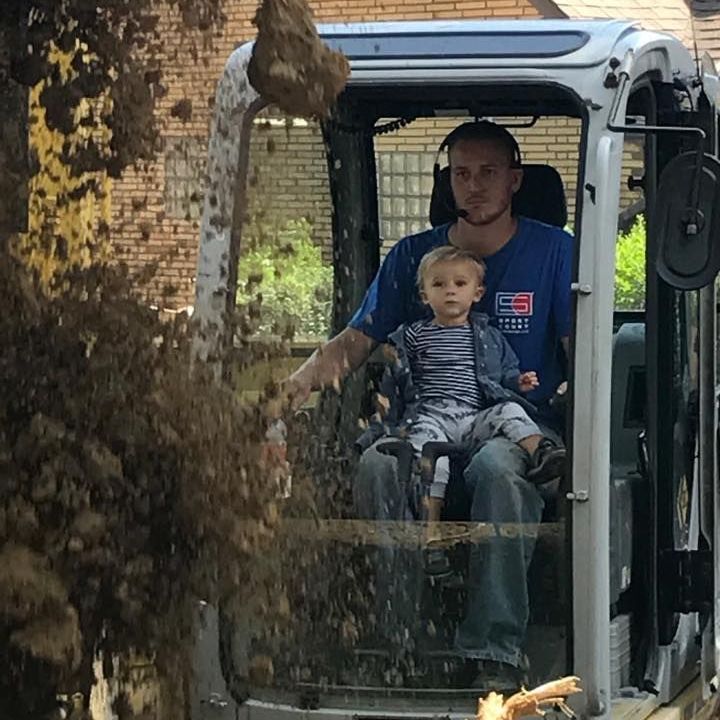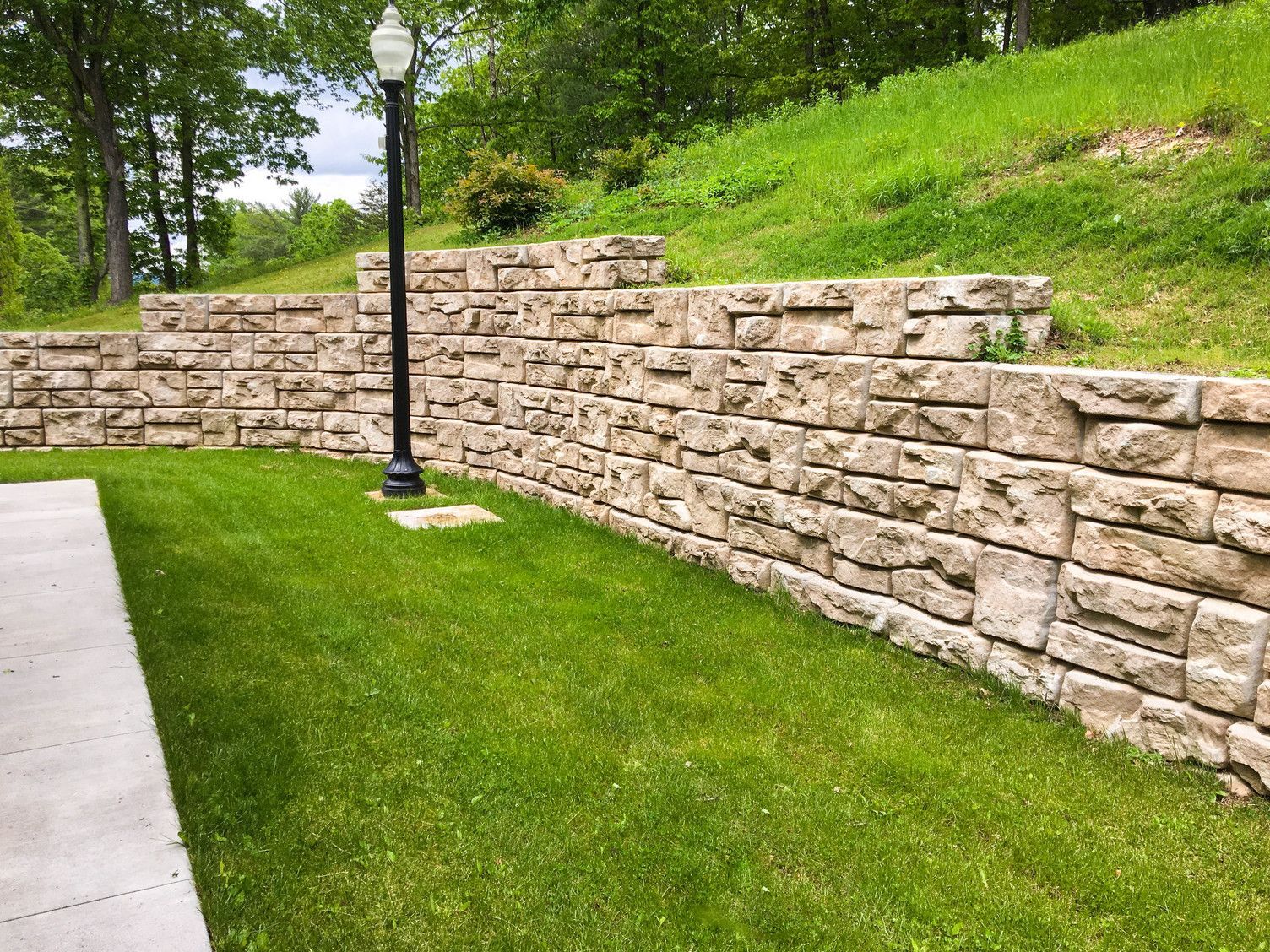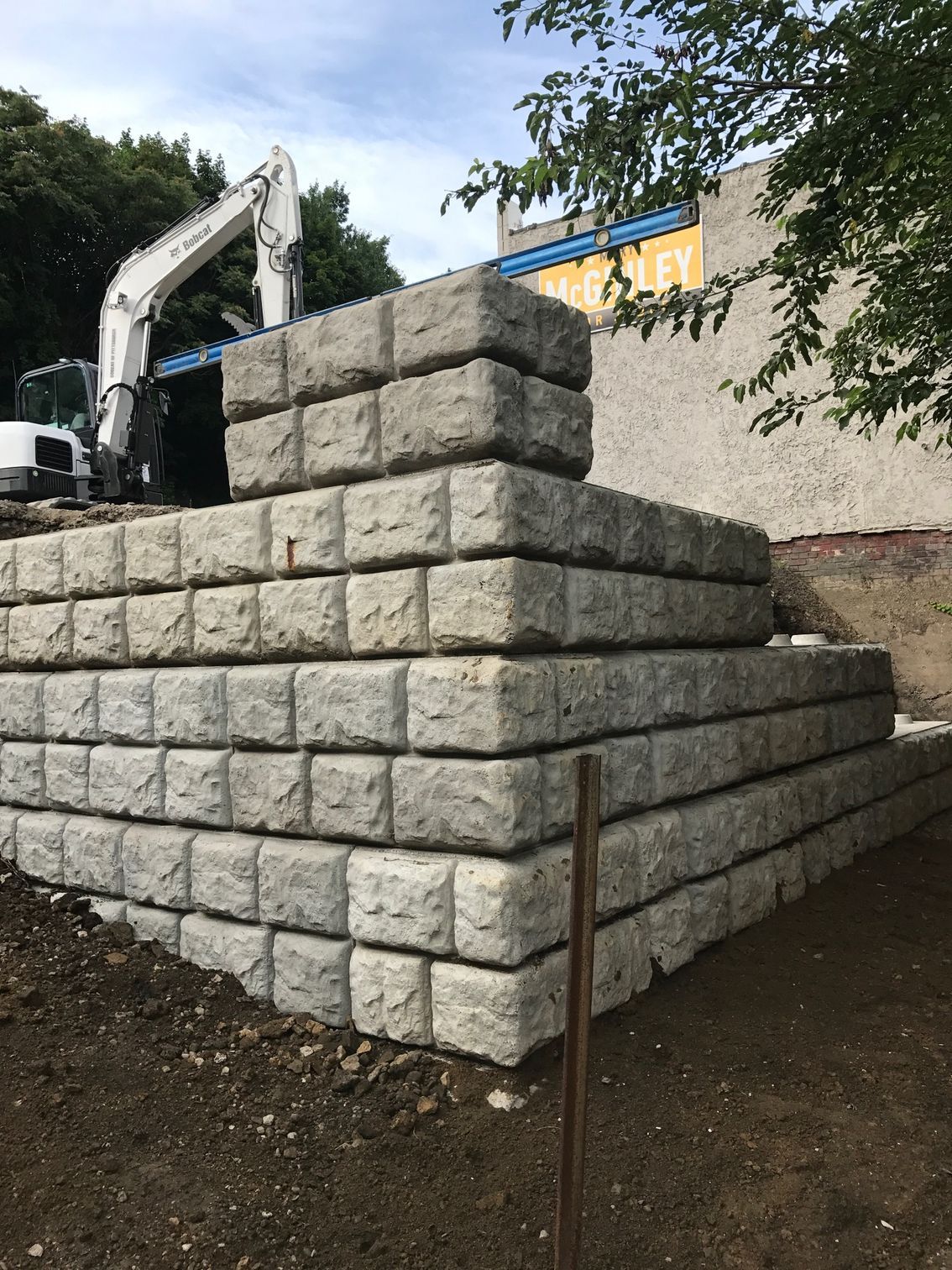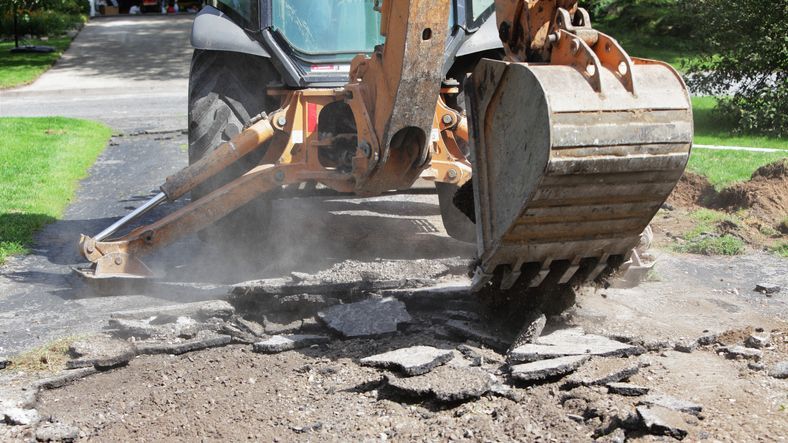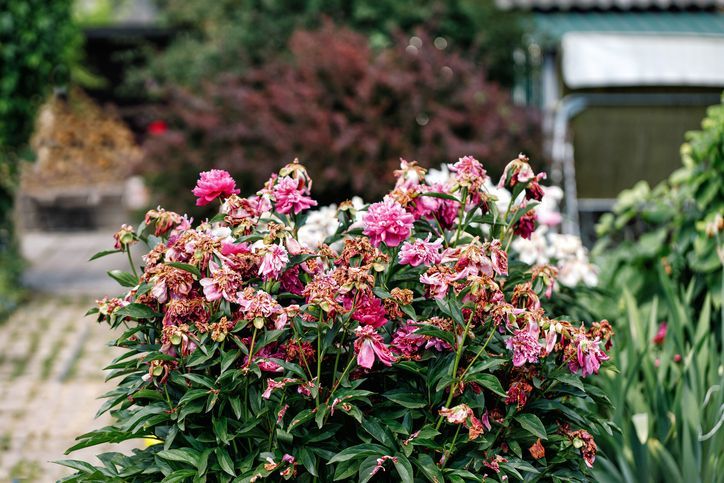Removing Standing Water from Your Lawn
If you have standing water issues on your lawn, there are several ways to improve drainage. In addition to making your lawn soggy, standing water can attract pests like mosquitos and can make caring for your lawn difficult by creating bald spots and the perfect environment for diseases like fungus.
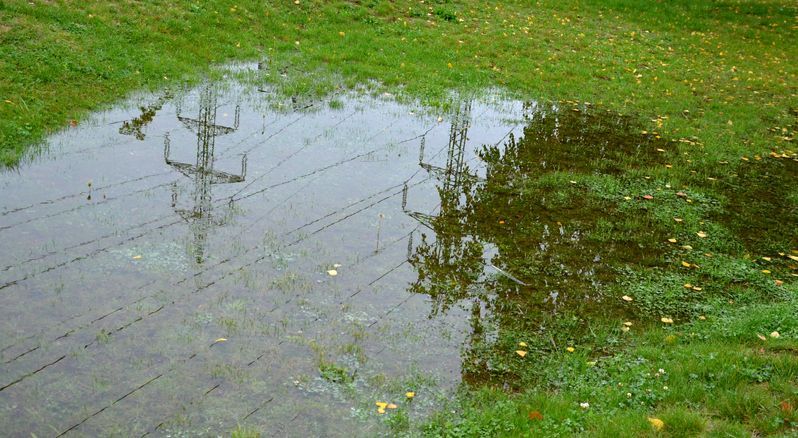
This extra water can also place pressure on your home's foundation, which can lead to damage that causes basement flooding and structural instability, so it is critical to fix any standing water issues with effective drainage solutions such as:
French Drain Installation
A French drain is an underground drainage system designed to move water away from your home and yard and works well for a property that is graded improperly or has a low slope. To install a French drain, a trench is dug in a low area of your yard and is filled with gravel and a perforated pipe that collects excess water and directs it to the proper drainage areas away from your home, such as a storm drain. This trench has a slightly sloped bottom that encourages water to flow into your storm drain, rating garden, or dry well.
In most cases, the perforated pipe we install will be placed on top of the gravel and then connected to an inlet grate that we have installed where the water pools the most in your yard. To complete the installation, we cover the entire drainage system with topsoil.
South Hills French drain contractors can help you evaluate your situation and install a French drain that will keep water away from your lawn and foundation.
Aeration and Dethatching
If you've noticed that the water isn't soaking down into your soil, which can cause wilted turfgrass and puddles even after only minimal watering, then you can try to aerate and dethatch your lawn for better drainage.
Aerating your lawn involves removing small plugs of soil and thatch from the top layer and allowing water to penetrate the compacted soil. The holes created by aeration can also help reduce compaction and encourage better root development, as well as enhance nutrient uptake.
Dethatching is another process that helps remove thatch, which is a layer of organic matter that builds up between the soil and grass blades. This layer can make it hard for water to penetrate the soil and cause drainage problems on your lawn. Dethatching involves raking up or removing the excess thatch from your lawn so that water can better soak in.
Rain Garden
If your yard is sloped in a way that causes water to puddle, then you may consider adding a rain garden to the end of the slope or valley that is collecting rainwater. This is a type of garden that will serve to collect stormwater and absorb it, preventing flooding throughout your yard. You can install a rain garden at the end of your drain spout or gutter or in between your lawn and the street or your driveway, but be sure to keep them away from your foundation and septic systems.
Be sure to use a well-draining soil blend with sand, compost, and soil. There are several native plants that thrive in Pittsburgh that you can add to your garden as well to create a beautiful and functional space. Plants such as native flowers, ornamental grasses, and shrubs are all great options.
French Drain Installation Services in South Hills
If you are looking for South Hills French drain contractors, look no further than the experts at J Bird's Landscaping. We have the tools and skills needed to meet all of your drainage needs for a healthy, puddle-free lawn. Contact us today to learn more!
